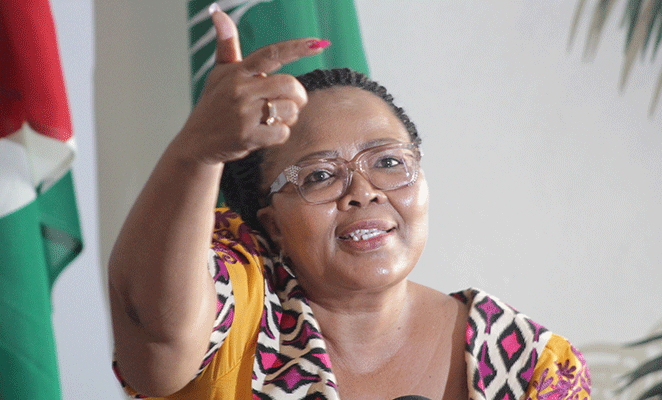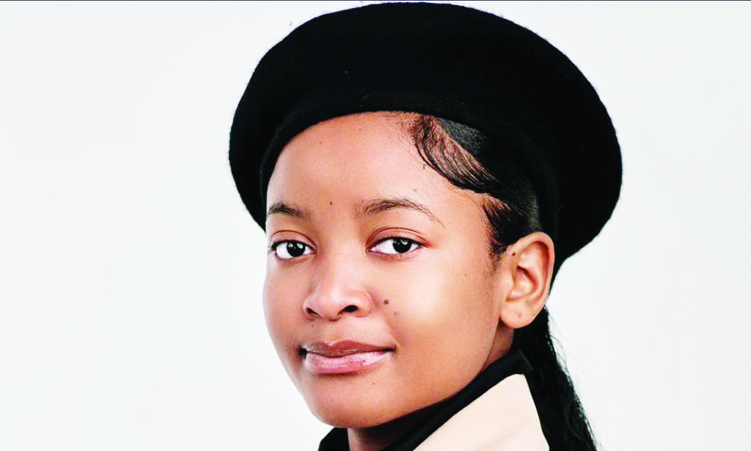LACK of facilities is likely to affect about 27 000 pupils who failed the 2017 Grade 10 examination and need to upgrade their grades.
The number of those who failed, includes 18 137 full-time candidates and about 10 000 part-timers registered with institutions like the Namibia College of Open Learning (Namcol), Rundu Achievers Education Centre, etc.
Education minister Katrina Hanse-Himarwa yesterday said the high number of failure in Grade 10 remains a concern to the ministry.
During the 2017 academic year, Hanse-Himarwa said 53 332 sat for the national Junior Secondary Certificate (JSC) examinations of which 40 599 were registered as full-time candidates while 12 733 were registered with part-time institutions.
However, only 22 462 (full-time candidates) qualified for admission to Grade 11. These represent 55,3% pupils compared to the 21 291 (55,7%) recorded in 2016.
Hanse-Himarwa said the number of qualified candidates to be admitted to Grade 11 is expected to increase with about 3 000 from part-time institutions.
According to the information provided by the ministry, 2017 recorded an increase in the passing rate at the JSC level with 1 171 more candidates securing admission to Grade 11.
Hanse-Himarwa said the Grade 12 higher level results for 2017 indicates a lower performance with the graded entries reducing with 1,1% from the 95,5% recorded in 2016 to 94,4% this year.
More than 16 000 out of about 73 000 Grade 12 full-time and part-time candidates sat for the National Secondary Schools Certificate higher level subjects.
As usual, the Grade 10 performance were also analysed according to the best performing schools and regions, depending on the scores recorded compared to the national average requirements.
St Boniface College maintained its good record, scoring the number one spot of best performing schools in Grade 10, followed by OnawaSecondary School and Canisianum Roman Catholic High School taking up the second and third places respectively.
At the regional level, Oshikoto maintained its spot at the top with regards to percentage scored in six compulsory subjects with an average of 53%, followed by Omusati, Oshana and Ohangwena respectively.
The six subjects assessed are English, Mathematics, Physical Science, Life Science, Geography and History. The assessment provided by the ministry also indicated that the majority of the regions performed poorly below the national average in compulsory subjects such as English (7), physical science (8), life science (9), history (10) and geography (9).
Hanse-Himarwa said the ministry would only allow pupils who are 17 years old and younger to repeat that grade in 2018.
This, she said, will be determined by the places available at the schools after registration.
According to Hanse-Himarwa, 3 270 out of the 16 949 pupils who failed Grade 10 in 2016 were allowed to repeat that grade this year.
The total enrollment in Grade 10 has increased with 2 322 which is 6,1% of the total enrolment in 2017.
The minister said the number is also expected to increase next year because “parents are motivated to send their children to school because education is free”, which means more pupils have a lesser chance of repeating.
Namcol’s enrolment target for 2018 is also way below the number of 2017 failures, and the institution is already scrambling for space to accommodate their students.
Namcol’s director, Heroldt Murangi, said the institution was only targeting to accommodate 15 000 pupils for Grade 10 and 30 000 for Grade 12 next year.
This year Namcol had 12 000 pupils for Grade 10.
Murangi said next year, Namcol will first accommodate (a large number) of their pupils who failed to make it to Grade 11 this year before accommodating those coming from other schools.
“Looking at the results, you can see that a vast number of our learners did not make it to Grade 11,” Murangi said, adding that the institution does not have the resources and the capacity to accommodate ‘everyone’.
According to Murangi, this was due to the financial constraints and the fact that “some schools do not want us to use their facilities because they have their afternoon classes”.
“They are pushing us to six o’clock and seven o’clock. Learners don’t want to attend while it is dark,” Murangi said, adding that Namcol also has challenges of learners registering for examinations but not showing up to write.
Stay informed with The Namibian – your source for credible journalism. Get in-depth reporting and opinions for
only N$85 a month. Invest in journalism, invest in democracy –
Subscribe Now!






